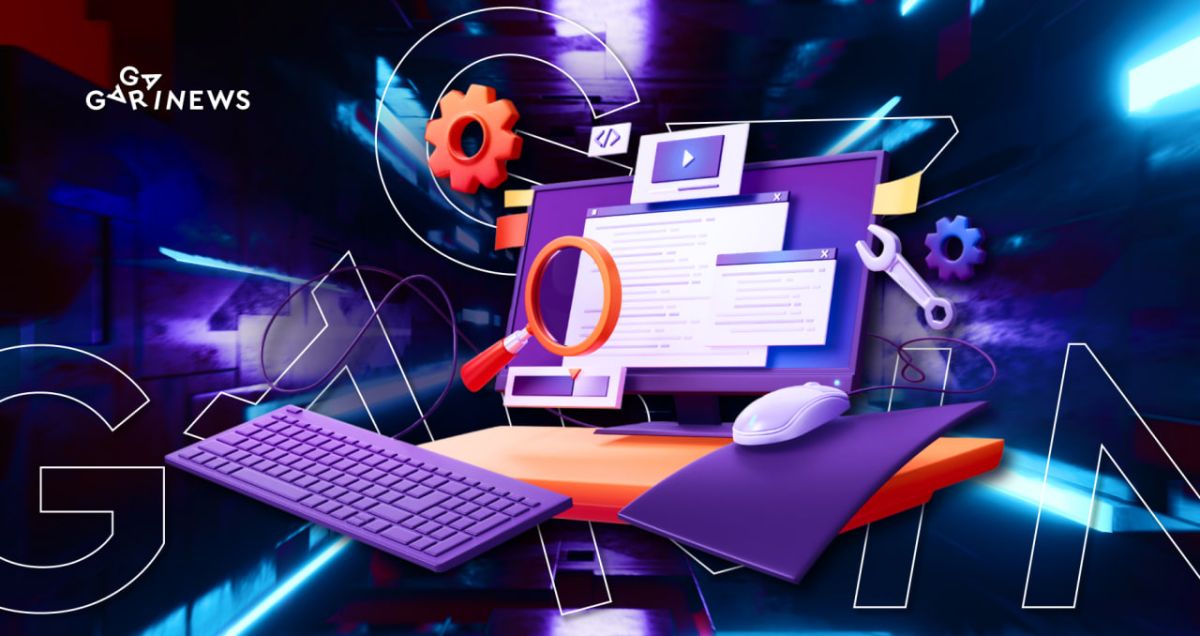The Most Popular Blockchain Programming Languages

What programming languages are used to develop blockchains? Apart from specialized languages, commonly used and well-known programming languages can also be employed for this purpose.
The blockchain is a revolutionary invention of the 21st century that enables decentralized data recording and storage. It has the potential to modernize various industries and completely eradicate corruption and data tampering.
Here is a list of popular programming languages used for blockchain development.
C++
One of the oldest programming languages that is still used by tens of millions of developers worldwide. It seamlessly interacts with the internal structure of a blockchain. With this tool, building blocks and chains is as effortless as constructing a toy castle with LEGO blocks.
C++ offers flexibility, allowing developers to have full control over the processor and RAM resources. It excels in tasks that require quick and simultaneous handling of all blockchain components.
C++ has played a significant role in the creation of the groundbreaking Bitcoin network and has been utilized in various innovative applications in the blockchain ecosystem.
Apart from Bitcoin, C++ programming language has been employed in designing blockchains like Ethereum, Ripple, Dogecoin, Bitcoin Cash, Litecoin, EOS, Monero, Polkadot, Telos, Zilliqa, and many more.
Java and JavaScript
These classical programming languages are widely used for developing various programs and games. In the blockchain industry, having knowledge of Java and JavaScript code is considered a fundamental requirement. These languages are applied in various ways in designing almost all web applications, providing programmers with the freedom to control program logic without dedicating much effort to integration. While C++ may be more resource-efficient, Java and JavaScript still serve as ideal solutions, as they are capable of executing asynchronous operations that enable simultaneous processing of multiple data and processes.
Java and JavaScript are widely used in the blockchain industry due to their excellent support for code porting and reliable protection against modification of previously entered records in distributed ledger technology (DLT). Many blockchain companies choose Java and JavaScript as their main programming languages for developing applications.
Java and JavaScript have been utilized in the creation and deployment of various blockchain applications such as Truffle and ARK, as well as in the design of blockchains like Ethereum, Avalanche, Cardano, Lisk, Near Protocol, Nem, Polkadot, Polygon, Solana, Telos, Waves, Uniswap, Stellar, VeChain, Theta, Tron, Aave, Compound, Fantom, Axie Infinity, Helium, Holo, and other networks.
Golang (also known as Go)
Google employees developed the Go language in 2007 to combine the simplicity of Python syntax and semantics with the efficiency of C++. Although Go is not a classical programming language, it is a highly developed language for code compilation that allows for functional programming approaches in development. Go is also known for its extreme speed and efficiency. This makes it ideal for designing distributed networks, as it enables working with multiple parts of a blockchain simultaneously.
Golang is the language that underpins most of the chaincodes in HyperLedger Fabric, an enterprise-level distributed ledger platform. The HyperLedger Fabric architecture is the basis for many popular solutions for smart contracts. As a result, Go has become a market standard and has gained the attention from major companies and crypto startups. Golang is also used by developers of the Loom Network, a platform for decentralized online games.
The Go language has been employed to develop a variety of blockchains, including BNB Chain (Binance Smart Chain), Celo, Cosmos, Elrond, Ethereum, Polygon, Waves, Chainlink, Stellar, VeChain, Theta, Filecoin, Avalance, IOTA, Algorand, Fantom, Axie Infinity, Elrond, Harmony, Zilliqa, and many others.
Solidity
Solidity is a programming language that was created by Ethereum developers specifically for deploying smart contracts and creating decentralized applications (dApps). One of its main advantages is its flexibility. It is known for its code being easy to read and understand, especially for novice developers. This is because complex machine code is broken down into simple, human-readable instructions. Solidity also has a concise, yet highly declarative syntax, which makes it an ideal choice for developing smart contracts. All these features made Solidity one of the most popular languages for developing EVM blockchains.
Some of the well-known networks that have been built using Solidity include BNB Chain (Binance Smart Chain), Uniswap, Chainlink, Polygon, Aave, PancakeSwap, Avalanche, Compound, Fantom, and others.
Final words
While there are numerous programming languages used for blockchain development, it's tough to crown a clear winner. Attempting to master all of them would be impractical and likely result in frustration. Instead, developers should choose a language that aligns with their project's specific requirements, architecture, and technical tasks. Fortunately, gaining proficiency in commonly used languages like C++, Java, or JavaScript can already open doors in the blockchain industry.
Indeed, mastering a smart contract programming language like Solidity can be highly rewarding. Startups working on projects that utilize a virtual machine (VM) often seek programmers with Solidity expertise, offering exciting and challenging career opportunities with the potential for lucrative rewards.
The content on The Coinomist is for informational purposes only and should not be interpreted as financial advice. While we strive to provide accurate and up-to-date information, we do not guarantee the accuracy, completeness, or reliability of any content. Neither we accept liability for any errors or omissions in the information provided or for any financial losses incurred as a result of relying on this information. Actions based on this content are at your own risk. Always do your own research and consult a professional. See our Terms, Privacy Policy, and Disclaimers for more details.

























